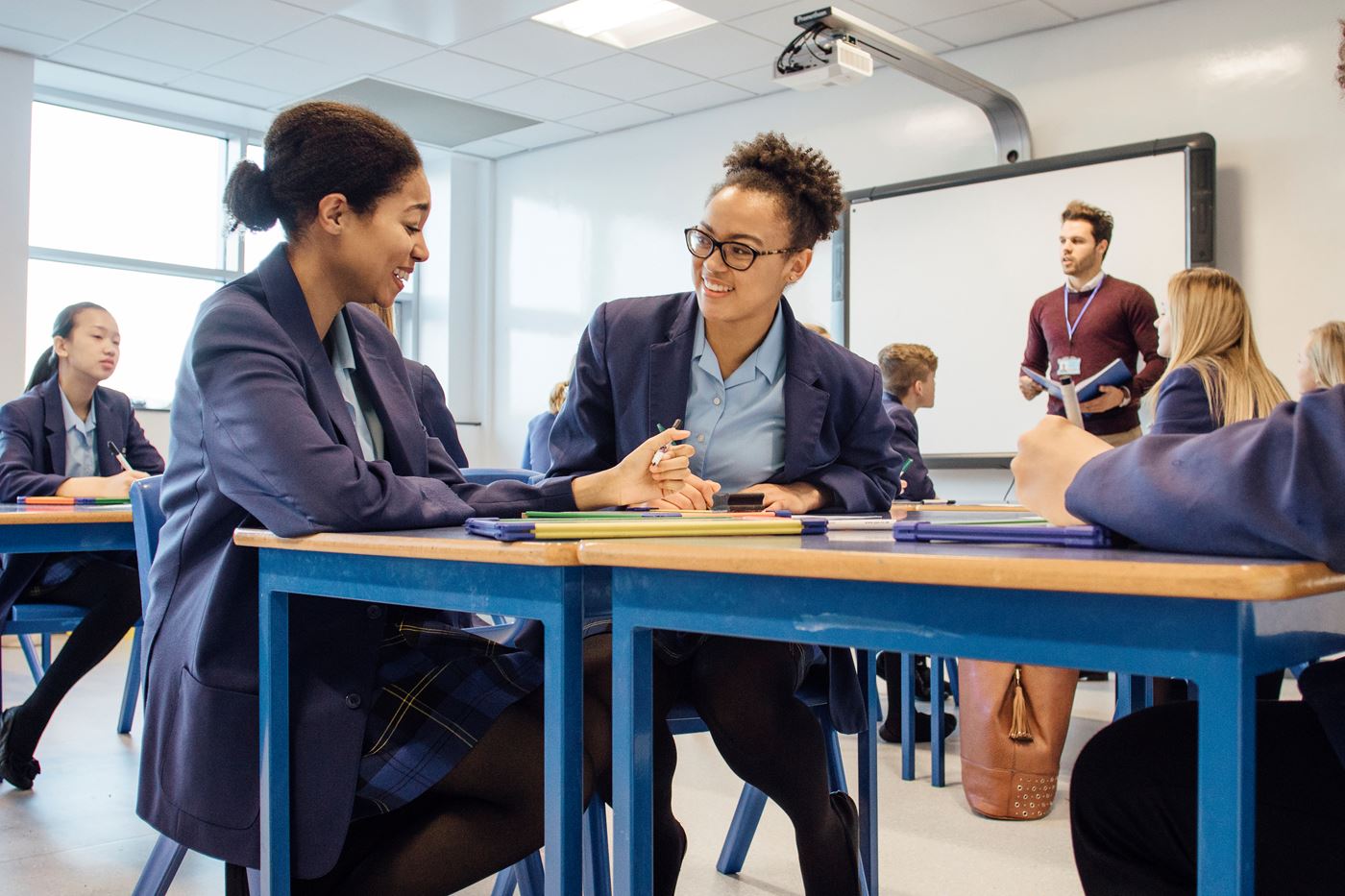The flipped learning model (or flipped classroom) has been shown to have a material impact on both student success and their wellbeing. But how can it improve your classroom experience?
In today's rapidly changing educational landscape, it's essential to explore innovative teaching methods that can enhance student learning and engagement. One such approach gaining popularity is flipped learning (or flipped classroom). Let's delve into what it is and why it might be worth considering for your school.
What Is Flipped Learning?
The flipped classroom model flips the traditional teaching paradigm. Instead of spending class time on lectures and example problems, students engage with digitised or online lectures as pre-class homework. During in-class sessions, they participate in active learning experiences such as discussions, peer teaching, presentations, projects, problem-solving, computations, and group activities.
Benefits of Flipped Learning
- Flexible Learning Environment: Flipped classrooms allow students to learn at their own pace. They can review materials as needed and revisit concepts they find challenging.
- Student Responsibility: By shifting the responsibility for learning to students, the flipped model encourages independence and self-directed learning. Students become active participants in their education.
- Deeper Comprehension: Pre-class exposure to foundational information enables students to incorporate it into their long-term memory. In-class activities then build upon this knowledge, leading to deeper understanding.
- More Opportunities for Higher-Level Learning: With lectures moved outside class time, teachers can focus on interactive activities during lessons. Students engage in critical thinking, problem-solving, and collaborative work.
- Efficient Use of Class Time: Flipped classrooms eliminate the need for teachers to transfer basic information during class. Instead, valuable face-to-face time is spent on meaningful interactions and skill development.
- Engagement and Relationships: Active learning fosters stronger teacher-student relationships and peer interactions. Students collaborate, share ideas, and learn from one another.
The flipped classroom method has been shown to empower students while optimising class time for deeper learning experiences.
Learn more
Explore what students need to be successful, how flipped learning can play a part in this pursuit, and how schools can implement a successful flipped learning strategy in our FREE eBook “Supporting Student Wellbeing through the Flipped Classroom”.
You can also talk to one of our experts and learn about how Firefly supports schools all around the world.

